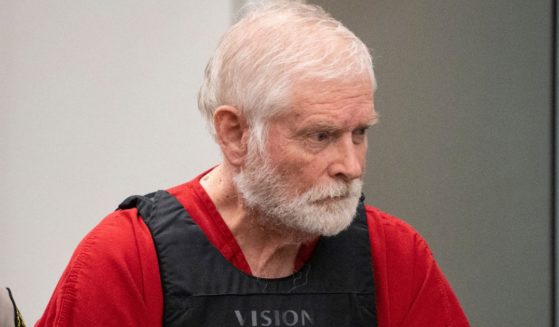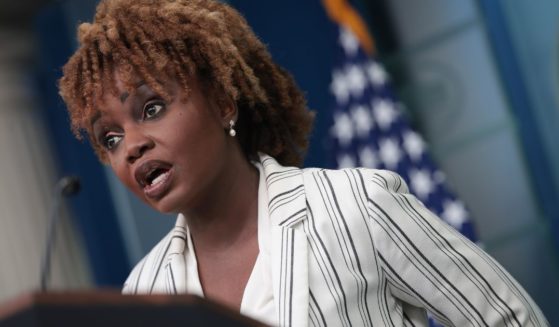Chief justice details efforts to combat workplace misconduct
WASHINGTON (AP) — Supreme Court Chief Justice John Roberts is using his annual report on the federal judiciary to highlight the steps the branch has taken to combat inappropriate conduct in the workplace.
In December 2017, Roberts asked that a working group be put together to examine the judiciary’s workplace conduct policies. His request followed news reports about prominent federal appeals court judge Alex Kozinski, who retired following accusations by women, including former law clerks, that he had touched them inappropriately, made lewd comments and shown them pornography.
The working group of judges and judiciary officials that Roberts asked be convened issued a report in June, finding that inappropriate conduct is not widespread among the judiciary branch’s 30,000 employees but also is “not limited to a few isolated instances.” The group offered a range of recommendations for further action.
Roberts, in his New Year’s Eve report, endorsed those recommendations, which focus on revising the codes of conduct the judiciary has for judges and employees, streamlining the process for identifying and correcting misconduct, and expanding training programs aimed at preventing inappropriate behavior.
Roberts did not say anything in the report about the sexual assault allegations that nearly derailed the confirmation of the court’s newest justice, Brett Kavanaugh. In testimony before senators in September, psychology professor Christine Blasey Ford alleged that a drunken Kavanaugh groped her and tried to take off her clothes at a party decades ago when they were teenagers. Kavanaugh denied the allegations.
Roberts noted that the working group did not give the judiciary branch “a completely clean bill of health” and that it concluded that when misconduct happens it is “more likely to take the form of incivility or disrespect than overt sexual harassment” and “frequently goes unreported.”
Roberts noted that since the working group’s report was issued, changes to the judiciary’s code of conduct and disciplinary procedures have been proposed, including enlarging the definition of workplace misconduct. Other changes include lengthening the time that employees have to report misconduct.
The Administrative Office of the United States Courts, which oversees the day-to-day operation of the federal courts, has also created an Office of Judicial Integrity to monitor workplace conduct issues. Individual federal courts have also been studying their workplaces and adopting changes, and Roberts said the Supreme Court would also add to its existing policies and training programs.
The working group Roberts instituted will remain in place for the next year to monitor progress.
“The job is not finished until we have done all that we can to ensure that all of our employees are treated with fairness, dignity, and respect,” Roberts wrote.
___
Follow Jessica Gresko on Twitter at http://twitter.com/jessicagresko
The Western Journal has not reviewed this Associated Press story prior to publication. Therefore, it may contain editorial bias or may in some other way not meet our normal editorial standards. It is provided to our readers as a service from The Western Journal.
Truth and Accuracy
We are committed to truth and accuracy in all of our journalism. Read our editorial standards.












